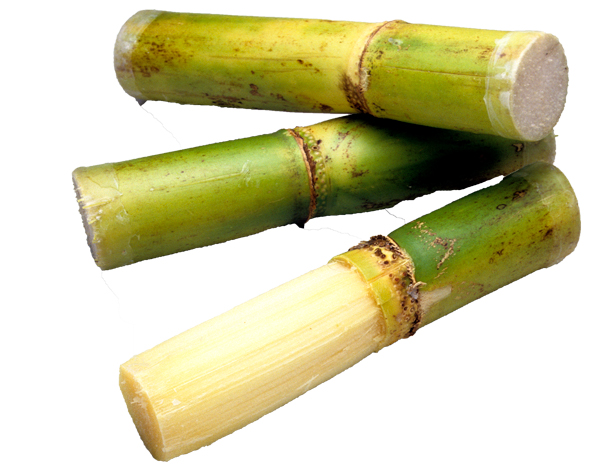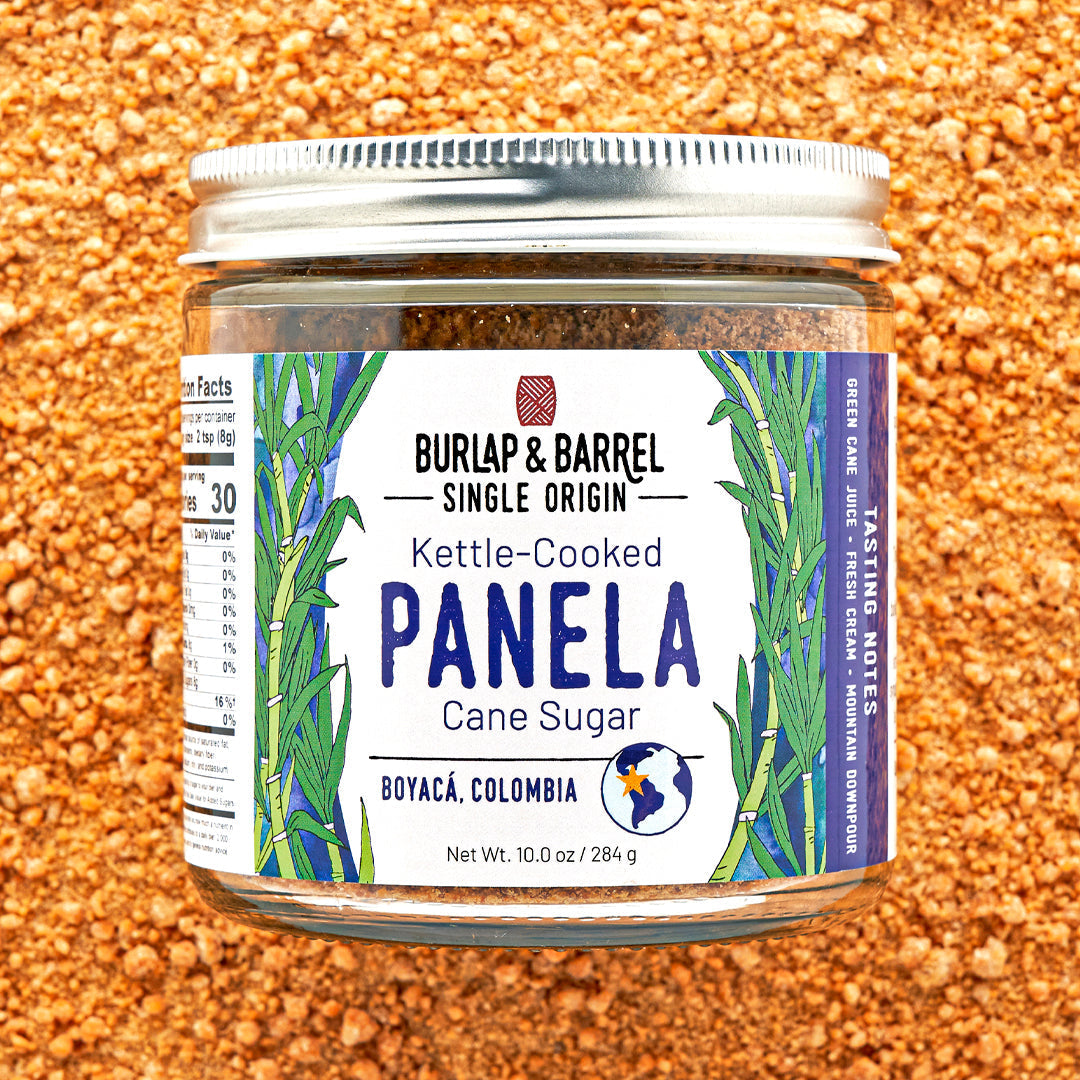The Difference Between Sugar and Cane: Understanding the Basics
The Difference Between Sugar and Cane: Understanding the Basics
Blog Article
Why Walking Cane Sugar Processing Chemicals Are Essential for Modern Sugar Refining
The duty of walking stick sugar handling chemicals in modern-day sugar refining can not be overemphasized, as they are important to boosting both the performance of removal and the overall top quality of the final item. Representatives such as phosphoric acid and particular flocculants are utilized to remove impurities, resulting in sugar that not only fulfills consumer assumptions but additionally follows market criteria. Nevertheless, the effects of these chemicals expand past high quality, discussing market characteristics and ecological considerations. This elevates essential questions concerning the sustainability of such practices and their influence on the future of sugar production.
Duty of Processing Chemicals
The efficiency of cane sugar processing pivots significantly on the calculated application of handling chemicals. These chemicals play a critical role in enhancing the effectiveness and high quality of sugar removal and refining. From the preliminary phases of juice extraction to the final purification actions, processing chemicals assist in different vital procedures.
In the extraction stage, chemicals such as phosphoric acid and calcium hydroxide are employed to enhance the explanation procedure, assisting to eliminate impurities and suspended solids from the walking stick juice. This not just improves the yield yet likewise makes sure the quality of the final product. Furthermore, agents like flocculants help in the rapid settling of impurities, thus streamlining the overall process.
As the processing developments, chemicals are made use of in decolorization and crystallization phases. Turned on carbon and ion exchange resins serve to eliminate shade and smell, making certain that the polished sugar fulfills customer quality requirements. Inevitably, the function of handling chemicals expands past operational performance; they considerably impact the sensory characteristics of the final product, contributing to market competitiveness. Thus, the thorough selection and application of these chemicals are essential for achieving optimum end results in walking cane sugar processing.
Key Sorts Of Chemicals
Walking stick sugar handling counts on a range of key chemicals that facilitate each phase of production. These chemicals play essential functions in clarifying, lightening, and purifying the sugar drawn out from walking cane.
One key classification of chemicals includes flocculants, such as polyacrylamide, which aid in the clarification process by promoting the aggregation and settling of pollutants. Furthermore, calcium hydroxide is commonly employed to neutralize acidity and assist in the elimination of non-sugar elements.
Bleaching representatives, such as turned on carbon and sulfur dioxide, are made use of to decolorize the syrup, causing a more clear end product. These chemicals aid get rid of shade compounds that may affect the sugar's look and bankability.
Additionally, phosphoric acid acts as a pH regulator throughout the processing phases, guaranteeing ideal conditions for the chemical tasks associated with sugar extraction and filtration.
Other crucial representatives include edta (ethylenediaminetetraacetic acid), which chelates metal ions that might militarize undesirable reactions, and salt hydroxide, which assists in pH control throughout the refining procedure. Collectively, these chemicals improve effectiveness and make certain a top notch cane sugar product.
Benefits for Sugar Quality
Often ignored, making use of specific processing chemicals considerably boosts the overall quality of walking stick sugar. These chemicals play an essential role in refining processes, making sure that the end product satisfies rigorous sector criteria for purity and preference.

In addition, processing chemicals assist in achieving a constant granulation and structure, which are essential for customer approval. By controlling the formation process, these chemicals guarantee that the sugar crystals create evenly, resulting in an extra attractive item that liquifies well in different applications.
Moreover, using these chemicals can improve the service life of cane sugar by minimizing wetness absorption and microbial development. On the whole, the critical application of processing chemicals is important for supplying high-grade walking stick sugar that meets customer expectations and sector demands.
Ecological Impact Considerations

Furthermore, the energy-intensive nature of sugar refining, worsened by chemical use, typically leads to increased carbon discharges. This adds to climate modification and raises issues relating to the sustainability of existing refining methods. In addition, the sourcing of these chemicals might include methods that endanger biodiversity, such as monoculture farming, which minimizes the strength of agricultural ecosystems.

To mitigate these impacts, sugar refiners are progressively exploring sustainable choices and adopting ideal practices that reduce chemical use. Applying rigorous ecological management systems can help make sure that the refining process aligns with ecological criteria and advertises biodiversity. Eventually, a well balanced method that prioritizes both sugar top quality and ecological stewardship is vital for the long-lasting feasibility of the sugar sector.
Future Patterns in Refining
As the sugar market grapples with the environmental difficulties linked with standard refining approaches, cutting-edge strategies are emerging to improve both effectiveness and sustainability. One considerable fad is the fostering of environment-friendly chemistry concepts, which focus on using safe, naturally degradable handling chemicals. This shift not only minimizes ecological impact yet also addresses consumer demand for cleaner manufacturing techniques.
One more promising development is the application of innovative filtering innovations, such as membrane layer splitting up and adsorption processes. These strategies improve the clearness and top quality of the sugar while minimizing the quantity of wastewater generated during refining. Additionally, the assimilation of digital modern technologies, i was reading this including IoT and AI, is transforming functional performance by enabling real-time tracking and anticipating upkeep, hence minimizing resource waste.
Furthermore, the use of by-products from sugar refining, such as bagasse and molasses, is getting traction. These materials can be exchanged biofuels or value-added products, adding to a circular economic climate within the sector. Jointly, these fads signal a shift in the direction of even more lasting techniques that not just improve operational performance however also line up with international sustainability objectives, making sure the future viability of sugar refining.
Conclusion
Walking stick sugar processing chemicals are crucial in contemporary sugar refining, considerably enhancing the efficiency and quality of sugar extraction. The calculated use these chemicals not just boosts the pureness and taste of the final item yet additionally makes sure constant formation and structure. As the industry significantly prioritizes sustainability, the adoption of environmentally-friendly handling representatives is most likely to form future trends in refining, ultimately causing greater high quality products and extended service life for consumers.

Inevitably, a well balanced approach that focuses on both sugar top quality and ecological stewardship is vital for the long-lasting practicality of the sugar industry.
Cane sugar processing chemicals are necessary in contemporary sugar refining, significantly improving the effectiveness and high quality of sugar page removal.
Report this page